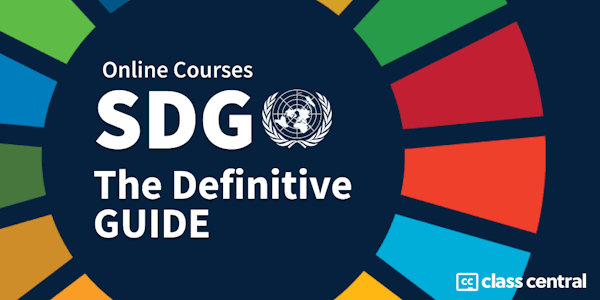You will be able to:
• Understand how the market for aggregate goods and services interacts with the money market to shape the macroeconomic equilibrium which determines income, interest rate, and exchange rate in the short run
• Assess the dynamic effects of macroeconomic policies and understand the roles of globalization, government policies, institutions, and expectations in macroeconomic outcomes
This course is part of Gies College of Business’ suite of online programs, including the iMBA and iMSM. Learn more about admission into these programs and explore how your Coursera work can be leveraged if accepted into a degree program at https://degrees.giesbusiness.illinois.edu/idegrees/.




